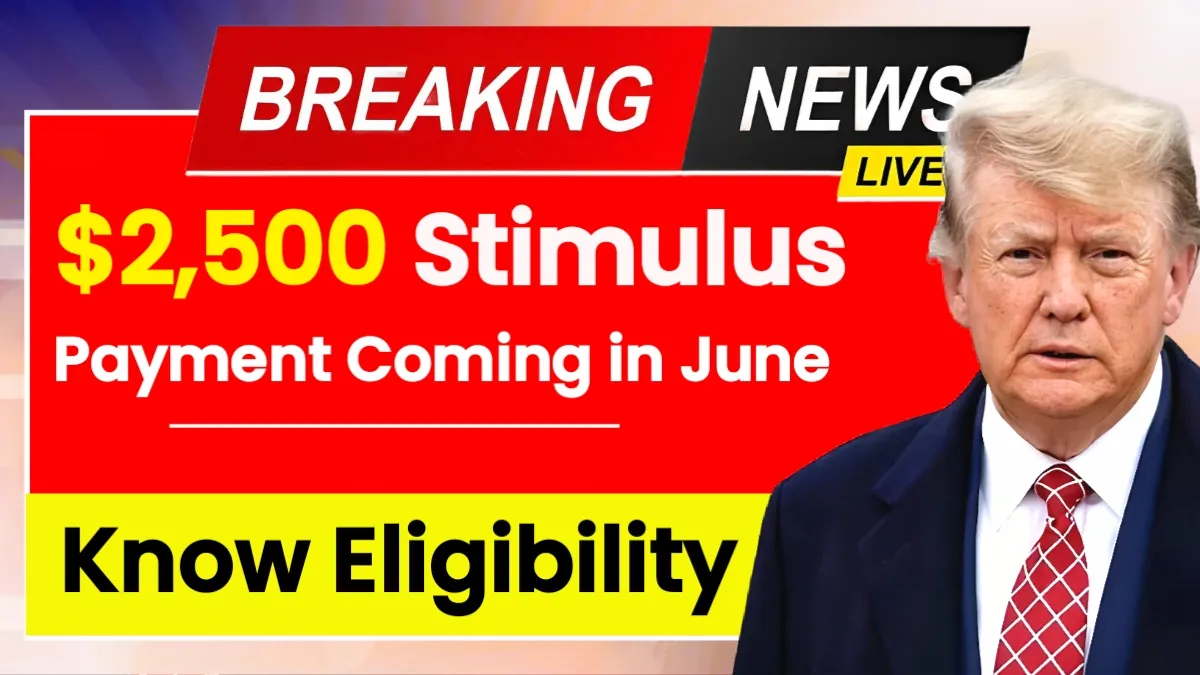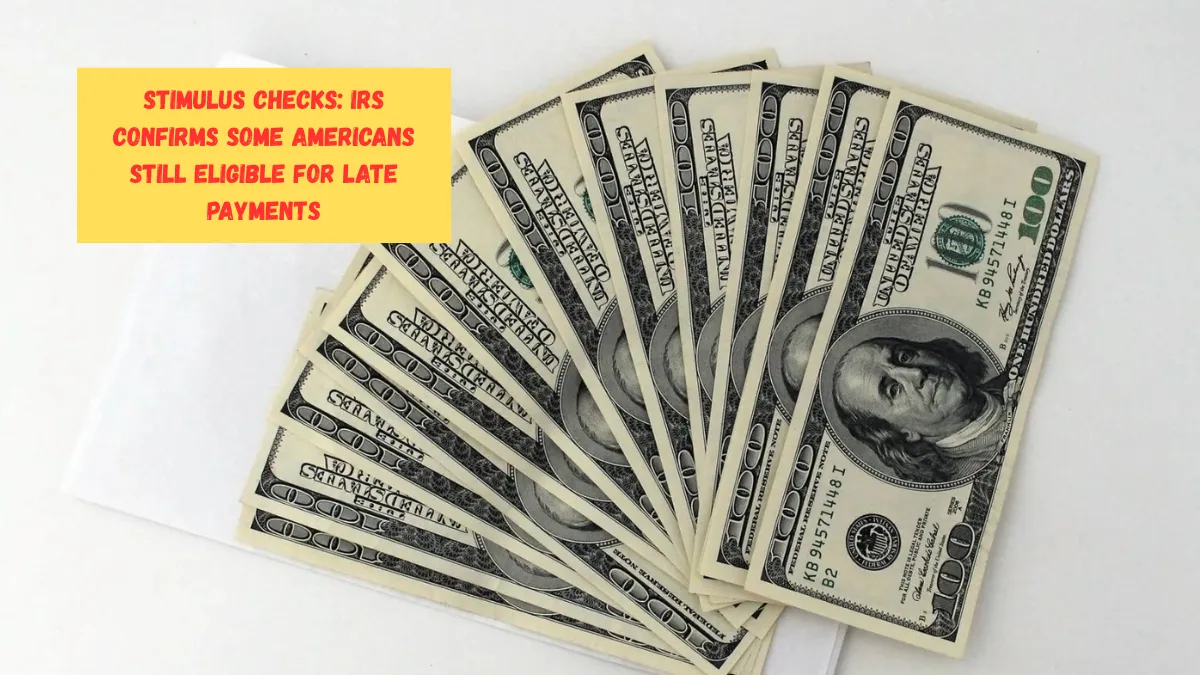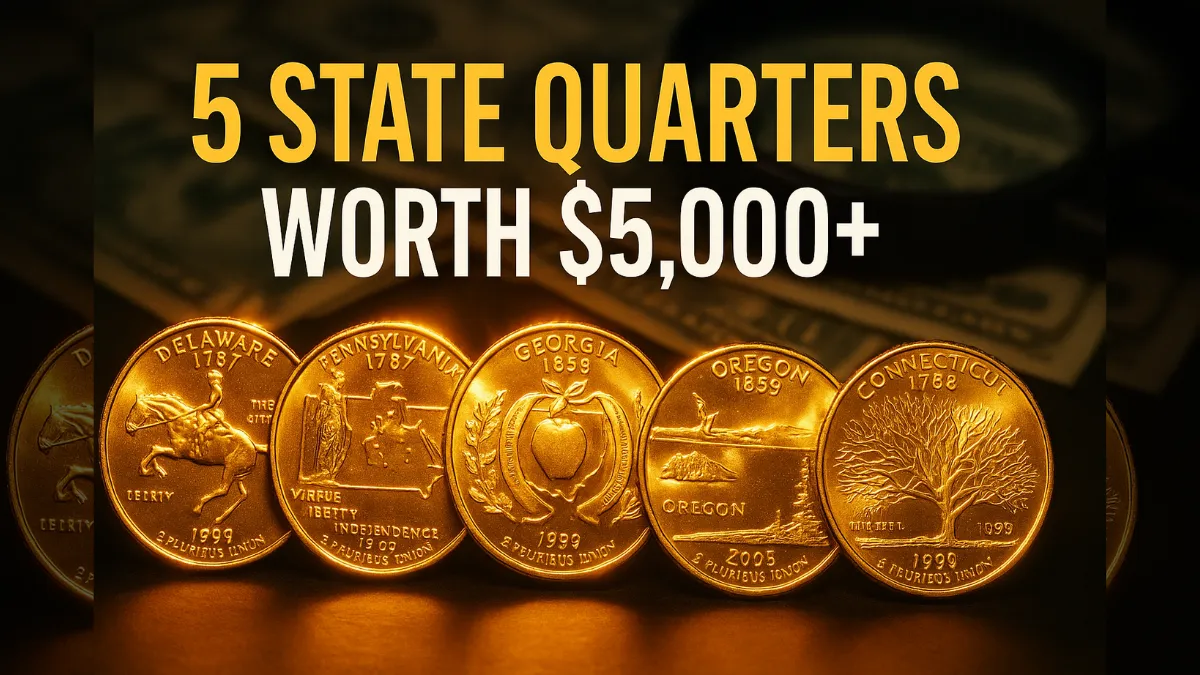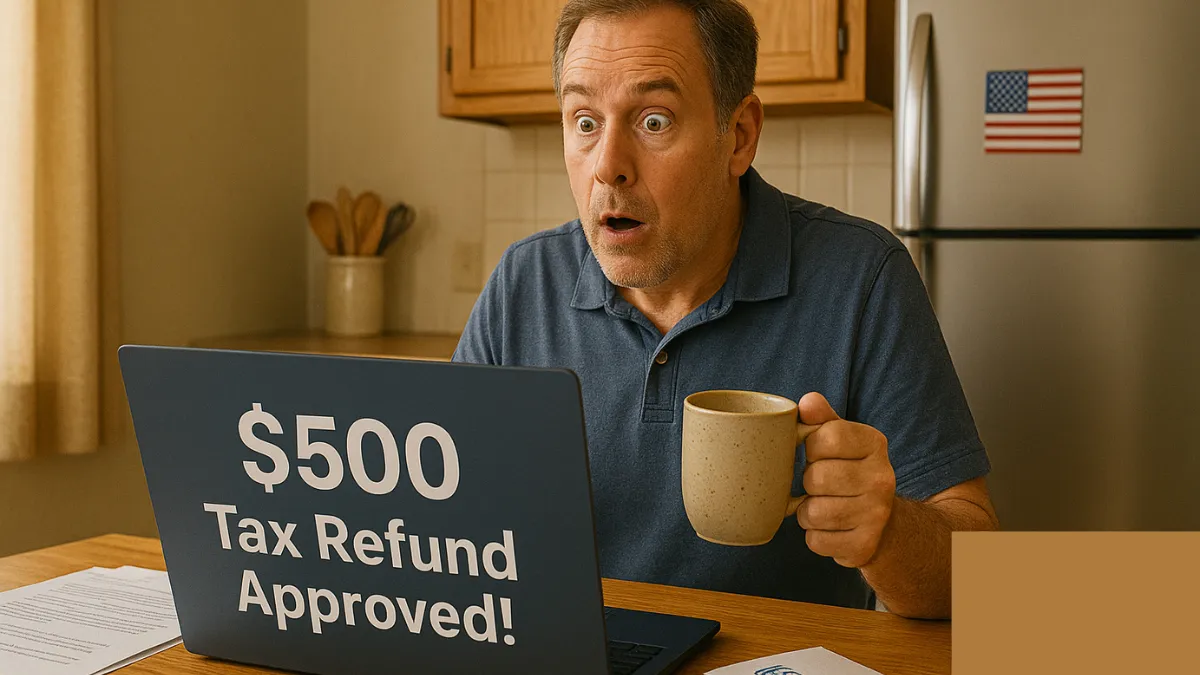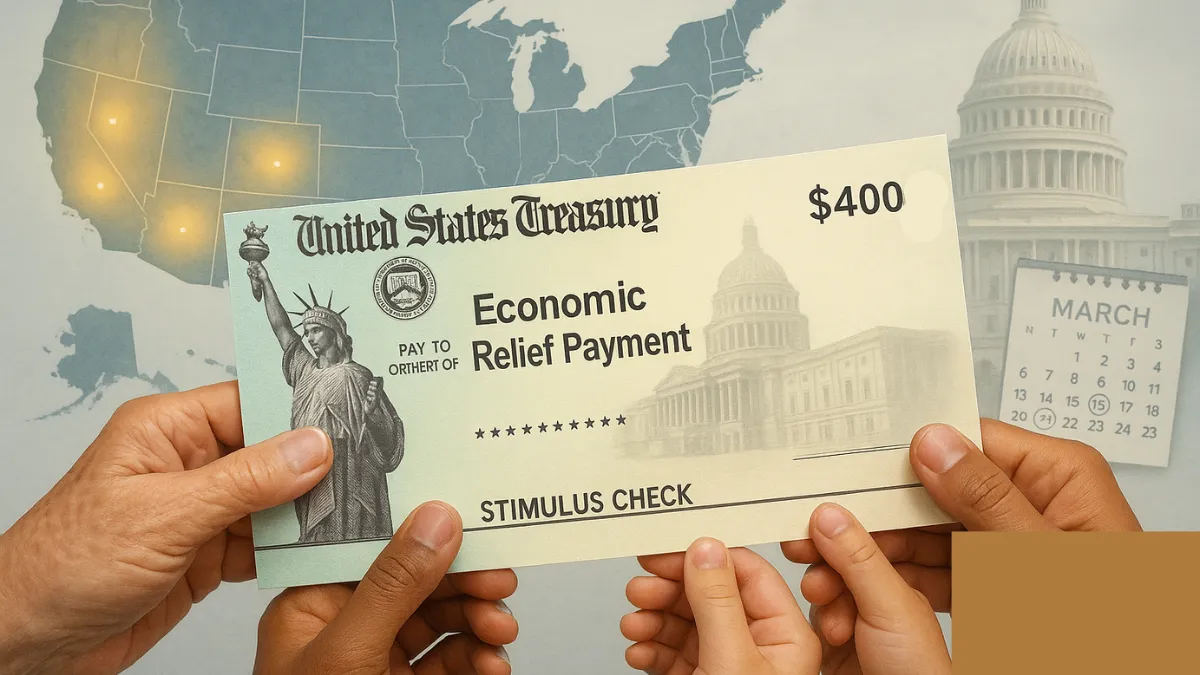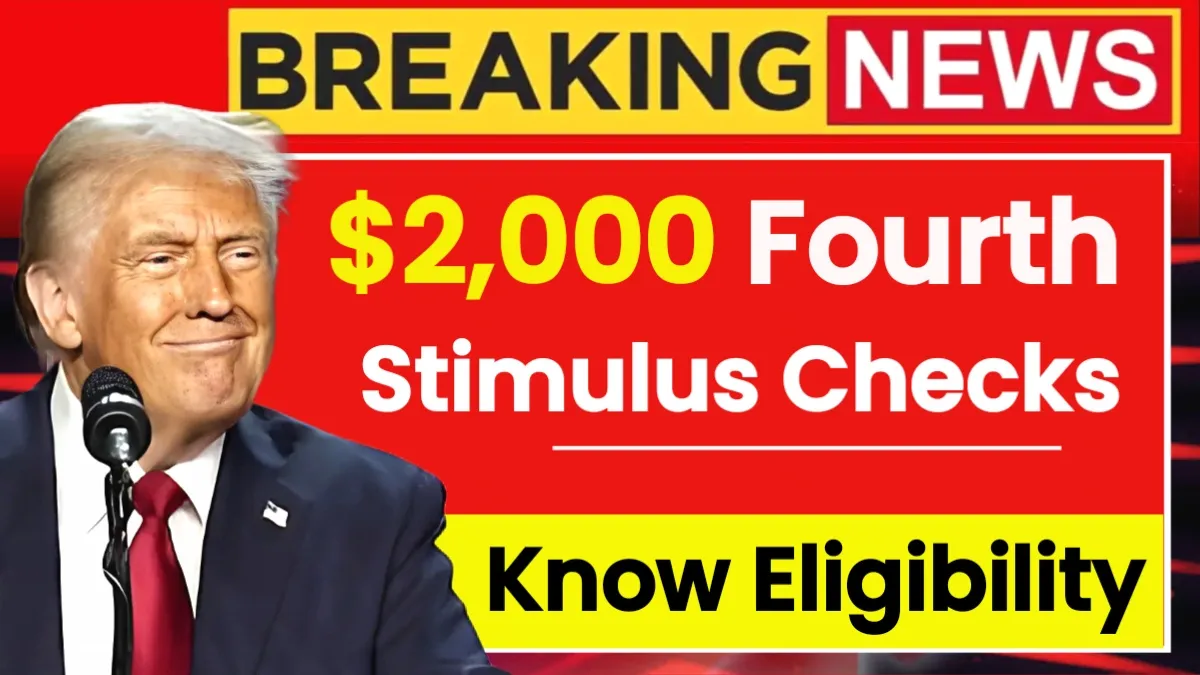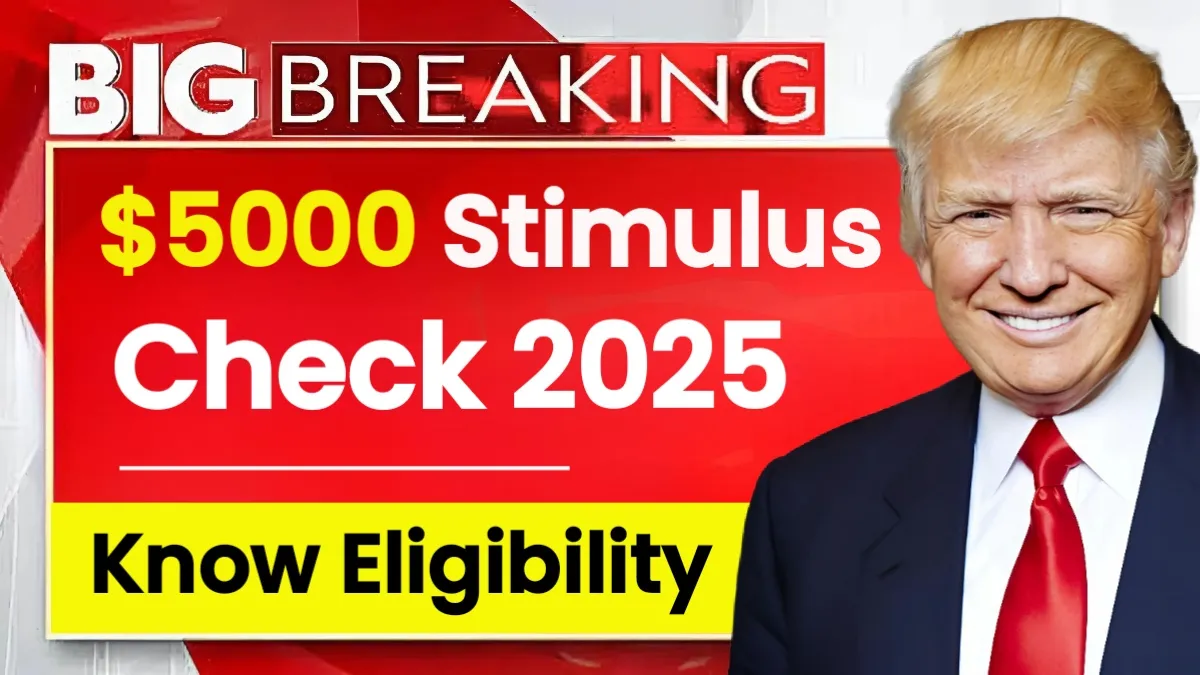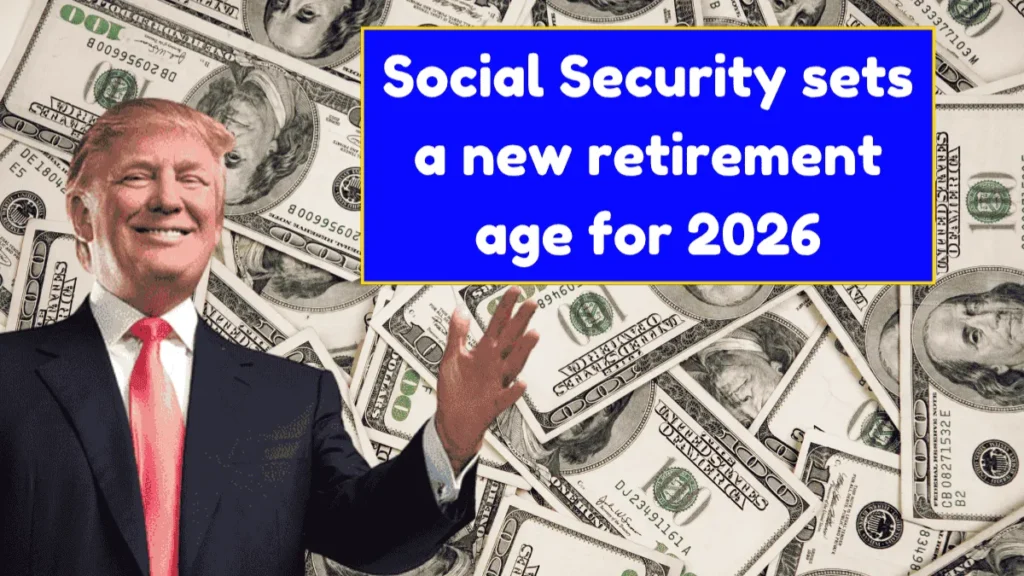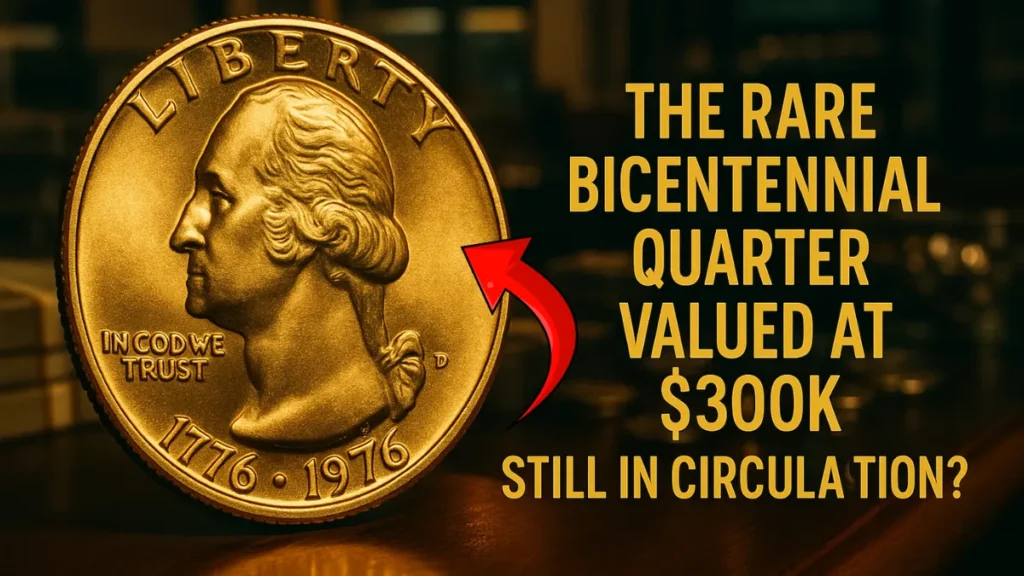With inflation continuing to strain household budgets across the United States, several state governments are stepping up to offer direct financial relief. In 2025, select states are distributing $400 one-time payments to help residents manage the increased cost of living.
These payments are separate from the federal stimulus checks issued during the COVID-19 pandemic and are part of state-specific efforts to ease financial burdens.
Why States Are Issuing These Payments
The 2025 state-level stimulus checks are primarily funded through state budget surpluses, unallocated federal funds, or new laws aimed at economic relief. These programs are part of a broader push by local governments to respond to ongoing inflation pressures affecting everyday expenses like food, gas, and housing. Rather than universal payments, states are focusing on targeted relief for residents most in need.
Which States Are Distributing $400 Stimulus Checks in 2025?
As of May 30, 2025, two states have officially announced plans to issue $400 payments, while others are in the early stages of considering similar proposals based on their fiscal conditions.
New York
New York has included a stimulus program in its 2025–2026 state budget that will provide $400 checks to eligible residents. This initiative is specifically designed to refund part of the inflation-related increase in sales taxes paid by consumers. The checks are scheduled to be automatically mailed starting in mid-October 2025, and no application is needed. Eligibility will be determined using residents’ tax records and purchase data from prior years.
New Mexico
New Mexico passed legislation in early 2025 to issue $400 rebate checks to qualifying residents. The relief applies to those who filed 2023 state income tax returns and fall within defined income eligibility limits. Payments are expected to be sent out by August 2025 to individuals who filed their taxes on time. This rebate is part of a broader strategy to support low- and middle-income households facing economic challenges.
Other states may announce similar payments later this year, depending on the availability of surplus funds or newly passed state legislation.
Who Is Eligible for the $400 Inflation Relief Payments?
Although each state sets its own rules, eligibility typically includes the following factors:
- Income Limits: These payments are generally directed at low- to moderate-income individuals and families.
- Residency: You must have been a full-year resident of the state during the tax year used to determine eligibility (usually 2023).
- Tax Filing Status: Many programs require that you have filed a state tax return, even if you didn’t owe any taxes.
- Automatic Qualification: In most cases, you don’t need to apply separately. States use existing tax return data to identify and send payments to eligible individuals.
When Will the Payments Be Issued?
Here’s a breakdown of expected payment dates and amounts by state:
| State | Payment Start Date | Amount |
|---|---|---|
| New York | Mid-October 2025 | $400 |
| New Mexico | August 2025 | $400 |
For the most accurate and updated information, visit your state’s Department of Revenue or Taxation website.
Is an Application Required?
In general, no application is necessary to receive the 2025 state-issued stimulus checks. The majority of states plan to issue these payments automatically based on your previously filed tax returns. However, if you did not file a return for the required tax year (usually 2023), you might either miss out on the payment or need to take additional steps to claim it.
Some states may launch relief portals later in the year for individuals who qualify but failed to meet the filing deadline. These platforms allow eligible residents to submit necessary documentation and request a late payment if funds are still available.
FAQs
Can I receive the $400 payment if I moved out of the state recently?
No, most states require full-time residency during the eligible tax year to qualify for the stimulus payment.
What if I didn’t file my 2023 tax return—can I still get the stimulus?
You may not qualify automatically. Some states may offer a portal to apply if you missed filing your 2023 tax return.
Will the $400 payment be taxed as income on my federal return?
In most cases, state-issued relief payments are not taxable on your federal return, but check IRS guidelines to be sure.
How will I know if I qualify for the payment?
States will use tax data to determine eligibility. If you qualify, you’ll typically receive the payment by mail without needing to apply.

